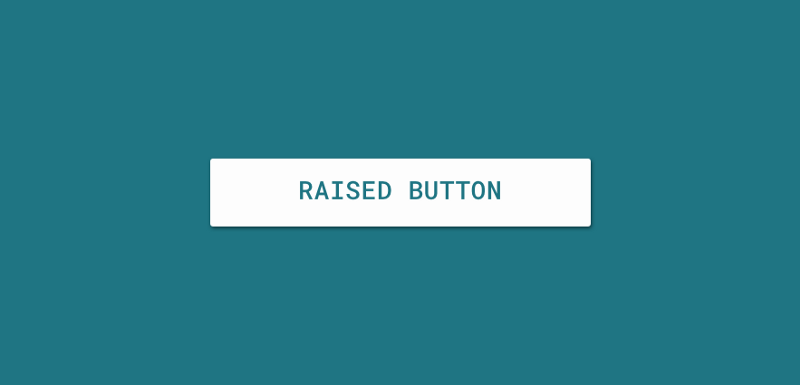In this previous post, we look at testing our ViewModel LiveData from the classes used in the Architecture components library. You can check this post out here if you haven’t yet: Today we’re here to talk about how we can write tests for our DAO classes when we’re using Room for our Database layer in… Continue reading
Exploring Dialogflow: Understanding Agent Interaction
Dialogflow is a powerful tool that allows us to create conversational tools without the complications of needing to handle natural language processing. But before we dive into the platform, it’s important to understand all of the different concepts that tie together to create the conversational agents that we can create. When I started exploring the… Continue reading
Widgets: Hero
The Hero widget allows us to define that two widgets are related, allowing the system to automatically perform transitional animations for us as we navigate between screens. This allows us to provide a greater experience when transporting users through navigational context, making our app both easier and more pleasant to use. As displayed in the… Continue reading
Android Architecture Components: Testing your ViewModel LiveData
Last week I pushed a fork of the Buffer Android Boilerplate to a public repository — the difference with this fork is that it uses the new architecture components (ViewModels in the presentation layer and Room in the cache layer). If you haven’t seen it yet, you can do so here 👉 But we’re not here to… Continue reading
Building a Guitar Chord Tutor for Actions on Google: Part Two
In the last part of this series, we looked at how we can build a tool for Actions on Google – if you haven’t checked that out yet then it might be worth reading it before continuing this article: In part two, we’re going to be taking a quick look at how we can leverage… Continue reading
Widgets: Raised Button
The RaisedButton widget allows us to create a Button that matches the specification defined in the Material Guidelines here. The RaisedButton has a single constructor that allows us to instantiate the widget with a number of different properties. new RaisedButton( child: const Text(‘Connect with Twitter’), color: Theme.of(context).accentColor, elevation: 4.0, splashColor: Colors.blueGrey, onPressed: () { //… Continue reading
Building a Guitar Chord Tutor for Actions on Google: Part One
Google Actions is a fascinating platform. Not only does it provide us with a conversational tool that gives us the ability to create experiences which make certain tasks easier and more convenient for the user, but it allows us to create applications that can be easily accessible for a wide range of users with different… Continue reading
Widgets: Image
The Image widget allows us to display an image within our user interface via a number of different means. This is done via the use of several different constructors, we can do this by using: Image() — Used to load an image from an ImageProvider. Here we simply provide an ImageProvider instance for the image parameter for… Continue reading
Widgets: Column
A Column is a widget used to display child widgets in a vertical manner. When children are placed within the Column then the widget will not allow scroll features to view all children — it will simply display the children that are visible within view. For example, if we wished to display three text widgets within a… Continue reading
Widgets: Row
A Row is a widget used to display child widgets in a horizontal manner. When children are placed within the Row then the widget will not allow scroll features to view all children — it will simply display the children that are visible within view. For example, if we wished to display three text widgets within a… Continue reading









